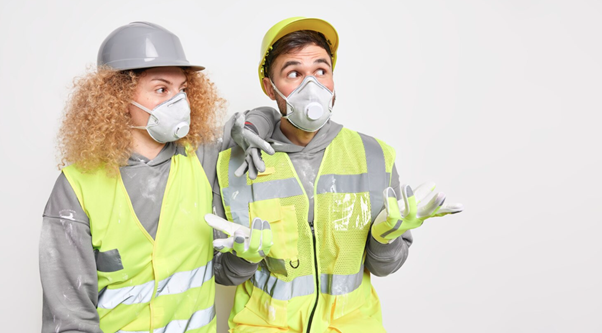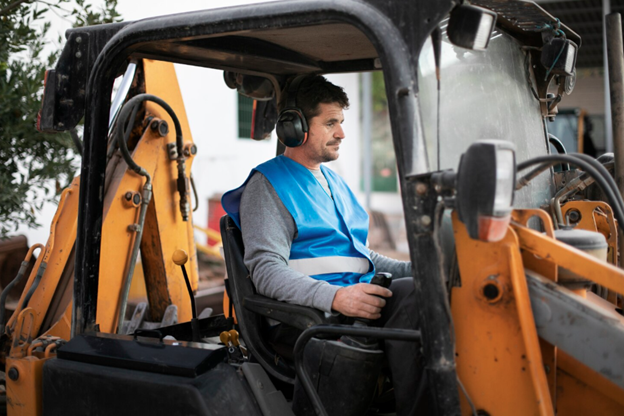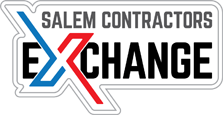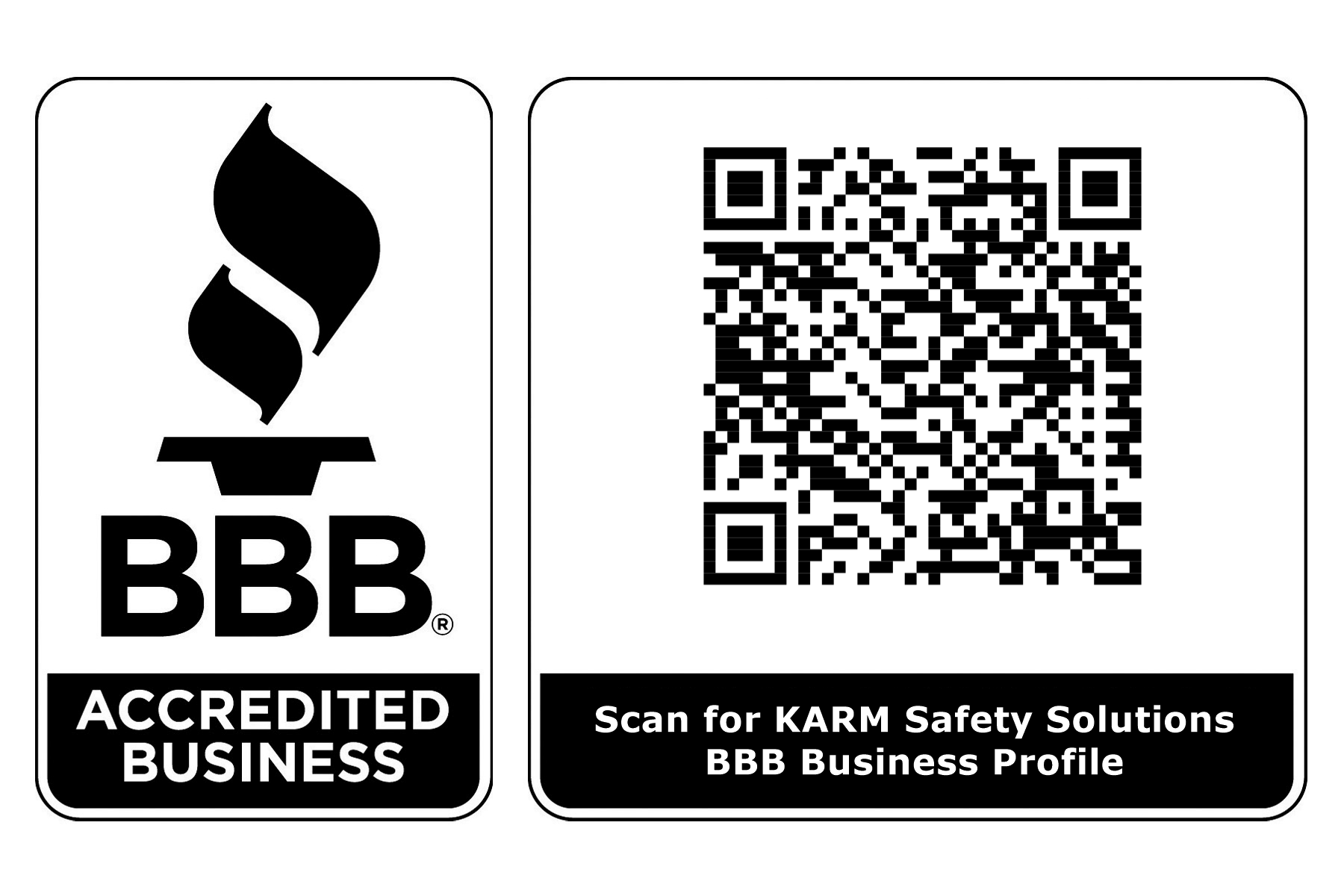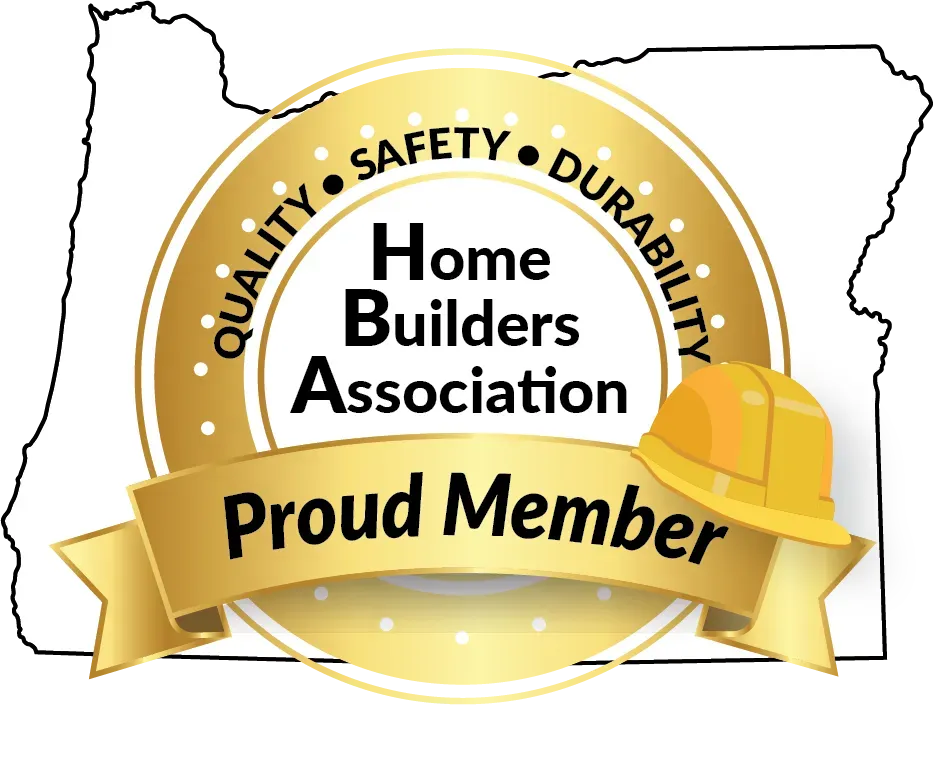How to Meet Fall Protection Training Requirements for Every Industry?
Workplace safety is a top priority in any industry, and one of the most critical aspects is ensuring that workers understand how to prevent falls. Compliance with fall protection training requirements is not optional; it is a necessity for legal and operational reasons. A structured training program helps reduce workplace accidents, ensures compliance with industry standards, and provides employees with the knowledge they need to work safely at heights.
Why Fall Protection Training Matters
Falls are one of the leading causes of serious injuries in various industries, including construction, manufacturing, warehousing, and transportation. Employers must ensure that workers receive proper training on the use of safety harnesses, guardrails, and other protective equipment. A well-designed program not only keeps employees safe but also protects businesses from potential liabilities.
Understanding Industry Regulations
Different industries have specific regulations that outline the required training. These guidelines detail what topics must be covered, the frequency of training, and the qualifications required for trainers. Employers must stay updated on these regulations to maintain compliance and avoid penalties.
Key Components of Fall Protection Training
- Hazard Identification: Workers must recognize potential fall hazards in their work environment. Training should focus on identifying risks associated with unprotected edges, unstable surfaces, and improper ladder use.
- Proper Use of Equipment: Employees should be trained to use safety harnesses, lanyards, anchors, and guardrails correctly. Improper use of fall protection gear can lead to serious accidents.
- Inspection and Maintenance: Training must include how to inspect fall protection equipment for wear and tear. Damaged gear should be replaced immediately to prevent failures.
- Emergency Procedures: In case of a fall, workers must know how to respond. Training should cover rescue plans, reporting procedures, and first aid basics.
- Site-Specific Requirements: Every job site has unique risks. Employers should tailor training programs to address the specific hazards of each work location.
Steps to Implement a Successful Fall Protection Training Program
- Assess Workplace Risks: Conduct a thorough evaluation of the worksite to identify areas where fall protection measures are necessary.
- Develop a Comprehensive Training Plan: A structured training program should include classroom instruction, hands-on practice, and periodic refresher courses.
- Certify and Train Employees: Workers should complete the required training before starting tasks that involve fall risks. Keeping records of completed training sessions is essential for compliance.
- Enforce Safety Protocols: Supervisors must ensure that all employees follow safety guidelines and use fall protection equipment correctly.
- Regularly Update Training Materials: Regulations and safety standards evolve. Employers should update training programs to reflect the latest industry requirements.
Closing Note:
Meeting
fall protection training requirements is crucial for keeping employees safe and ensuring compliance with workplace safety laws. A well-structured program reduces risks, improves productivity, and protects businesses from legal issues. At
KARM Safety Solutions, we provide expert-led training designed to meet industry standards. Our programs help workers earn their fall protection training certificate while ensuring they are fully prepared to handle job site hazards. If you need assistance in developing or improving your training program, reach out today.
Ensure your team is properly trained and compliant. Contact KARM Safety Solutions to set up a fall protection training program that meets all industry standards.

